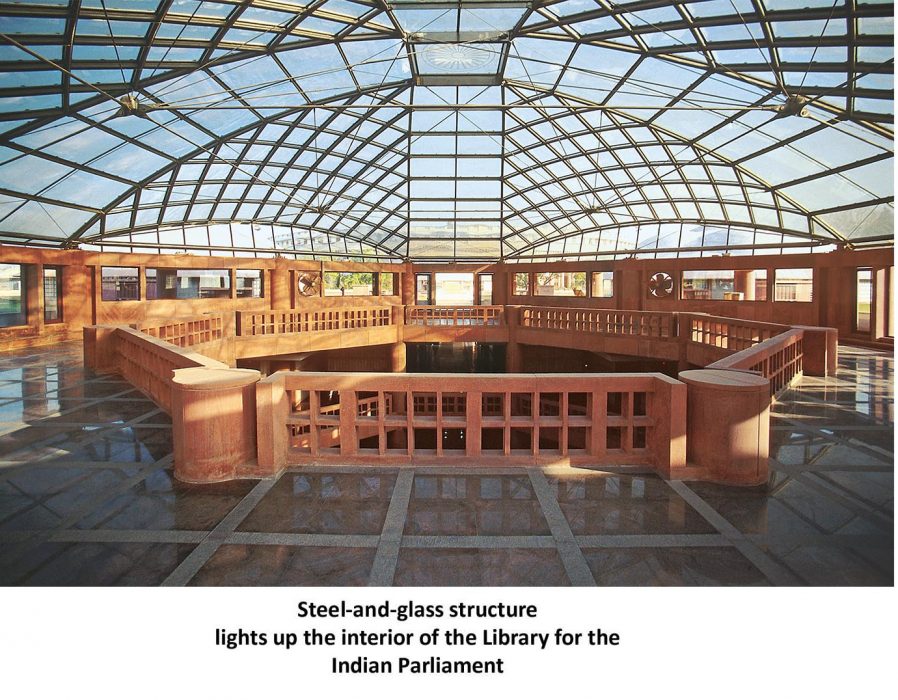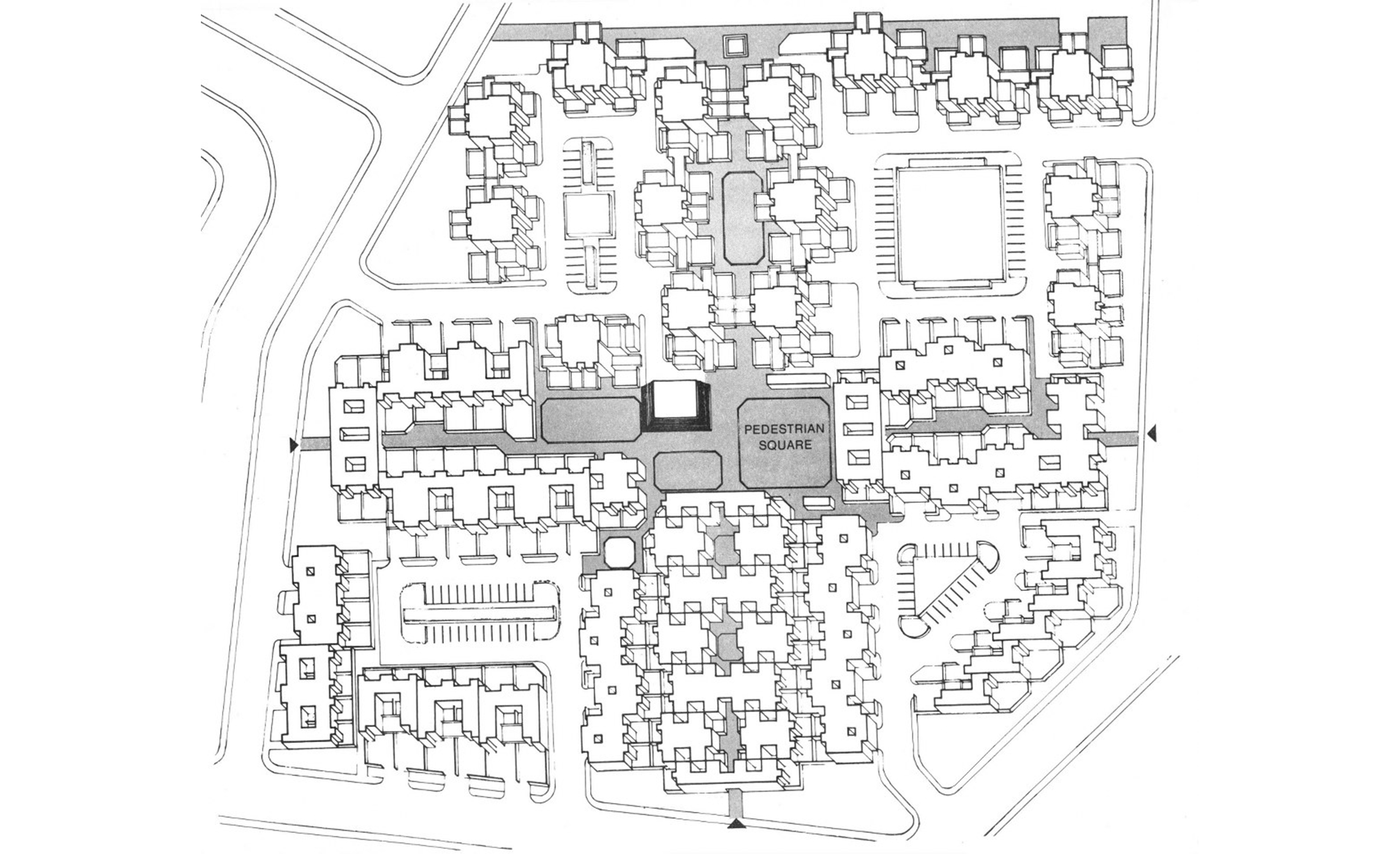Theme : Structure & Light









Structural systems create a distinct vocabulary for each of the civic project. For the Ismaili Cultural centre, the lattice structure in steel and granite echo the Islamic pattern in a new vocabulary on the façade.
Library for the Indian Parliament is based on a series of cupolas of ferro cement, bolted on steel lattices on columns to provide light for reading rooms. The central glass dome, centre piece of the composition, is discretely monumental with reference to its surroundings.
The structure for the auditorium-library building in the State University of Performing & Visual Arts, Rohtak, is a slanting wheel which is a logical form of structure which represents Dharma-Chakra, wheel of righteous living of Buddhist philosophy.
The Jang-e-Azadi Memorial project is designed to exhibit episodes of freedom struggle in Punjab. The memorial for the freedom fighters within the complex is based on a structure of petals and flowers, to honour the martyrs.
The passage of light through the buildings is the most difficult to visualize. In the sun-drenched climate of India, it is important to diffuse the harsh rays of sun through the overhangs, deep-set windows and incorporate planning based on courtyards. On the other hand, it is also important to allow shafts of light to impregnate the interiors.
In the Parliament Library, the light plays an important part. Subdued light from the roof is designed to percolate the interiors. The deep foyer of the design institute of the Rohtak University is enlivened with passage of light from glazed perforations on the roof. The memorial for Jang-e-Azadi’s deep interiors and structural galleries are enlivened with sunlight at different times, which I could hardly visualise.













